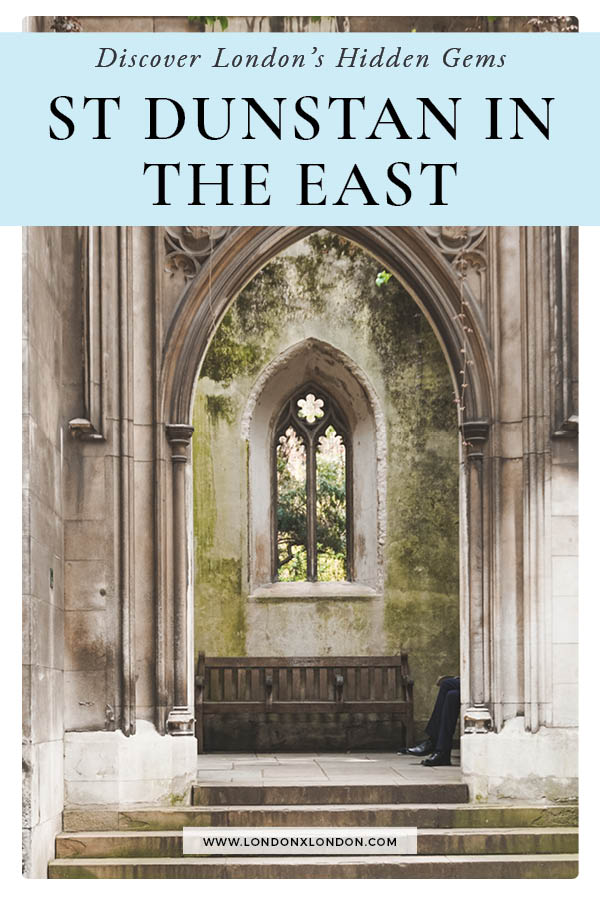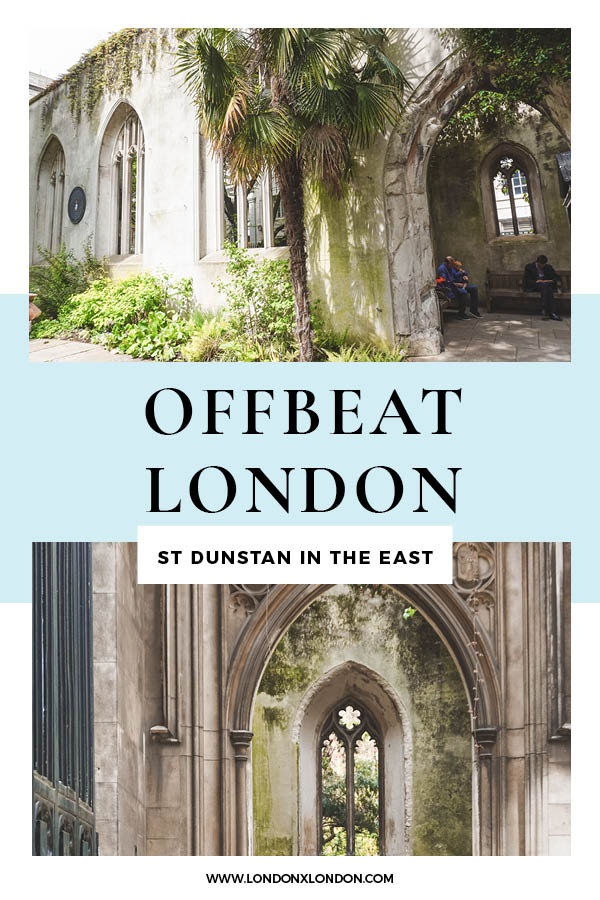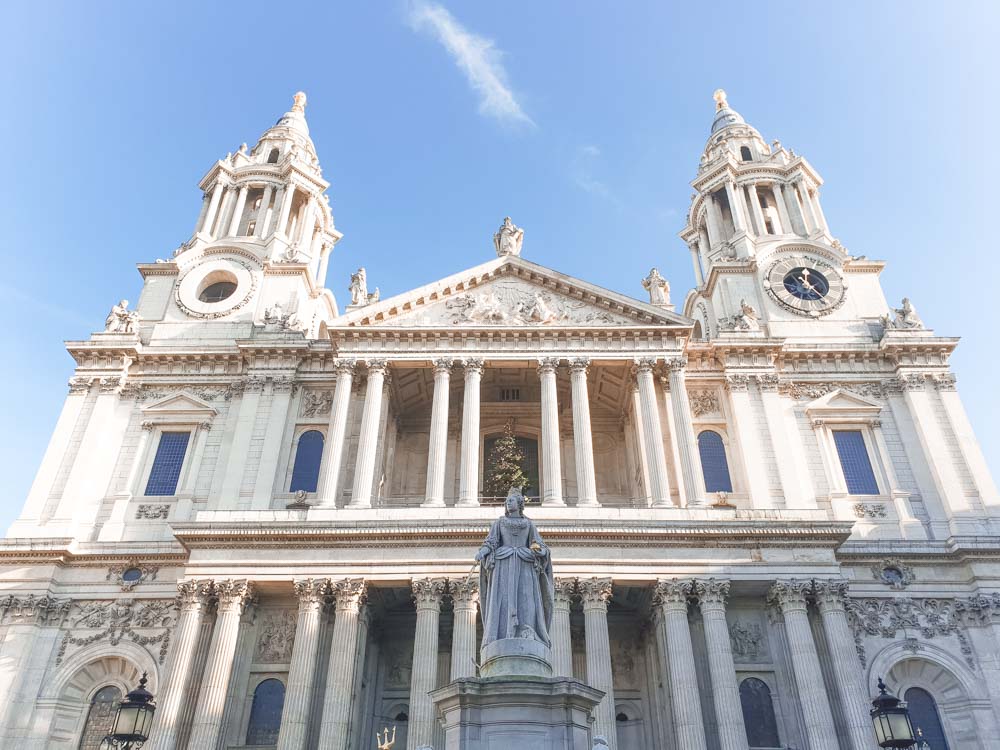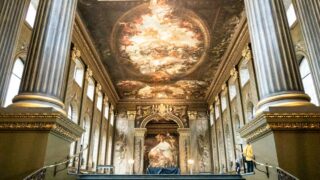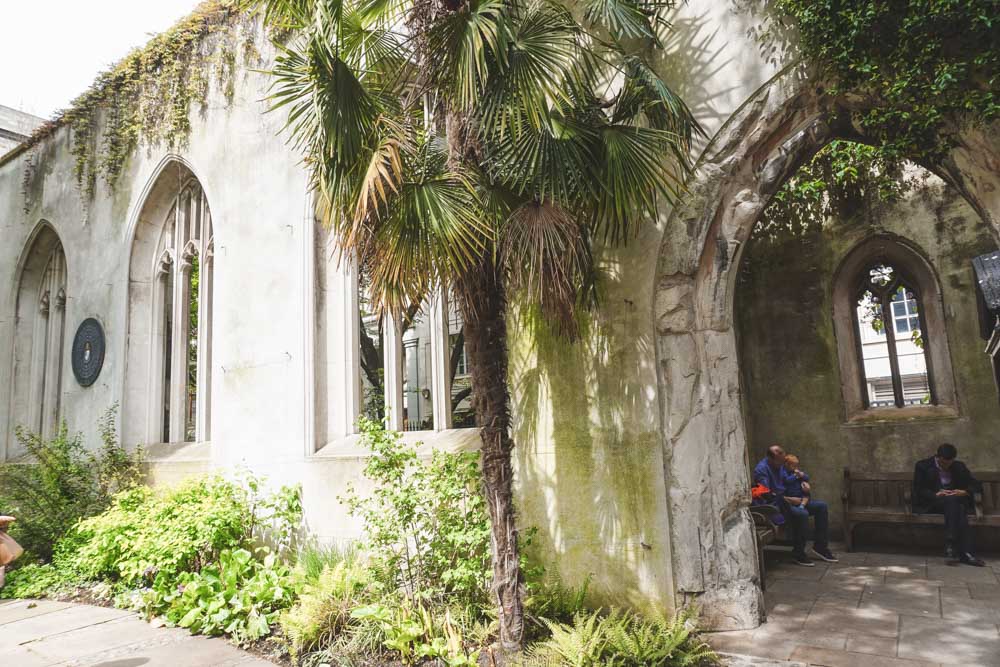
St Dunstan in the East is one of London’s more unusual spots. After all, how many parks are set in the ruins of an abandoned church? Here’s why you need to visit this tranquil spot in the heart of the City.
London is the gift that keeps on giving – the city is packed with unusual landmarks and layers of history in The City. Each corner you turn, you’ll be greeted by something weird and wonderful.
Even so, St Dunstan in the East is unique.
The ruins of an abandoned church, irreparably damaged during The Blitz and turned into a public garden? Here’s why you need to go.
Why Visit St Dunstan in the East?
It’s one of London’s prettiest parks – even if it is tiny.
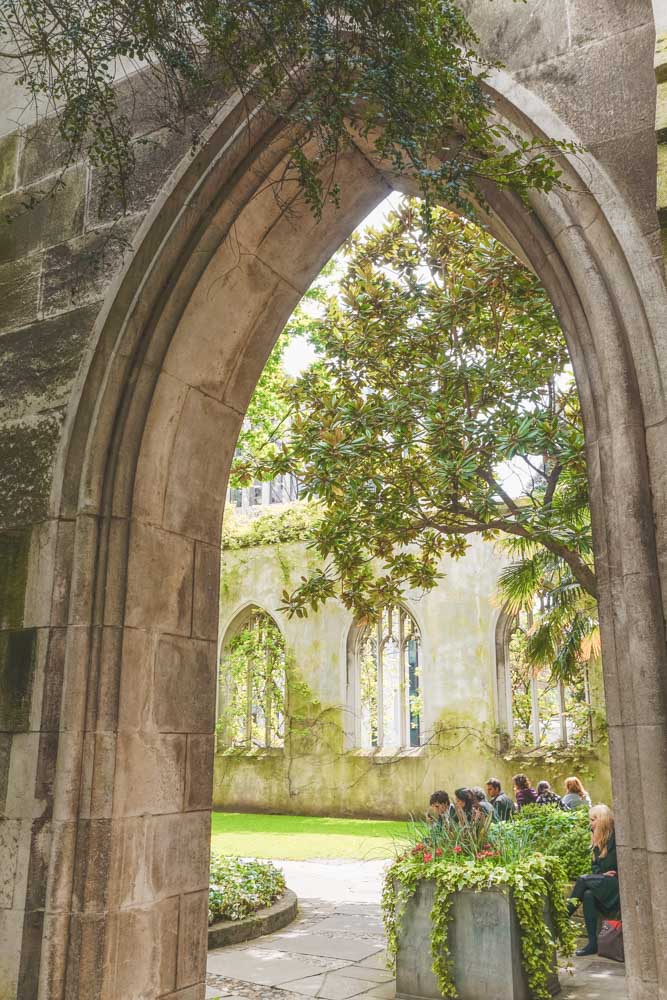
I stumbled across St Dunstan’s completely by accident a few years ago, but it’s been one of my go-to spots for a bit of peace and quiet in the city ever since.
I thought it was about time I shared all about it with you, don’t say I don’t treat you.
St Dunstan’s is managed by the City of London Corporation. A welcoming jumble of ruins, shady trees and gorgeous flowers – it’s an urban oasis in which you’ll inevitably find a motley collection of Londoners taking refuge from the hustle and bustle that surrounds the park.
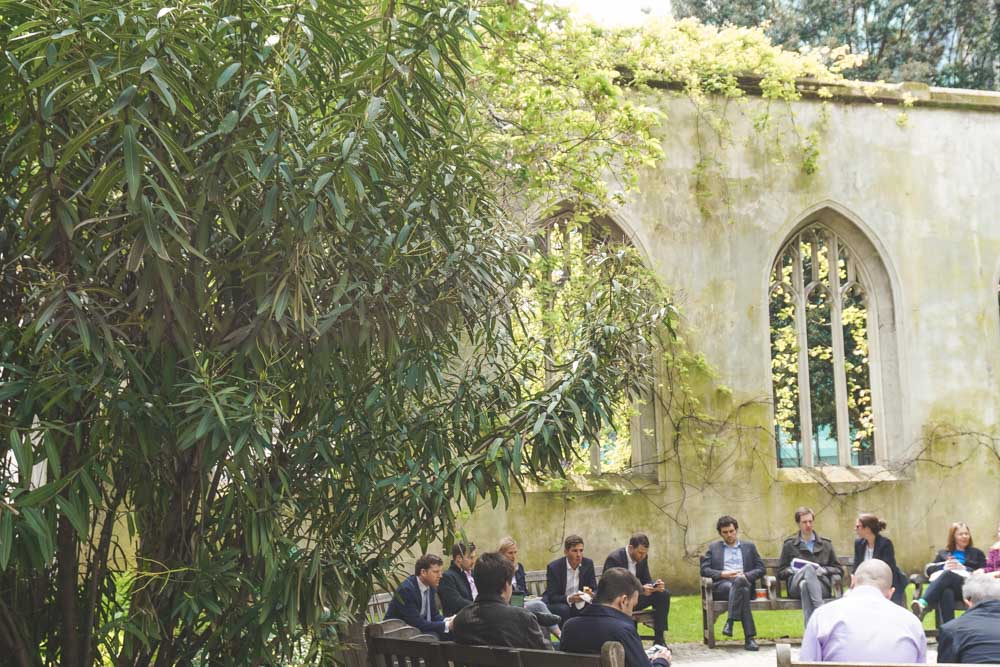
You’ll need to go early on a sunny summer’s day to nab a bench – there are quite a few tucked into different sections of the garden – surrounded by greenery and the church ruins.
It’s easy to understand why St Dunstan’s is a popular spot for city slickers escaping their glass skyscrapers for a spot of fresh air or those who’ve heard of this cool little London find.
Don’t be put off by the thought of scrapping for a bench. As one of the most unusual-looking places in the capital, it’s worth checking out whether you get to relax here or not.
Getting here is pretty simple as the nearest tube stops are Monument and Tower Hill – and you’ve got plenty of cafes and bars in the area, just in case you don’t manage to snag a bench to have a picnic here.
You’ve also got the Tower of London nearby, which is, of course, worth a visit. A short walk away is London Bridge and the surrounding area (I highly recommend you check out these brilliant bars, too.)
To be honest, it’s actually pretty amazing how close St Dunstan’s is to all the main tourist attractions, yet it’s quiet enough that it wouldn’t feel out of place in one of the quieter areas of the capital.
Perhaps it still lays undiscovered? Or maybe people know about it but won’t give it a chance. I, for one, am glad anyway.
Read More: Totally Free Things to do in London
The History of St Dunstan in the East
St Dunstan’s is a beautiful place, one of London’s most enchanting – but don’t make the mistake of thinking that’s all there is to it. It boasts a rather odd and unfortunate history that led to it becoming the landmark we see today.
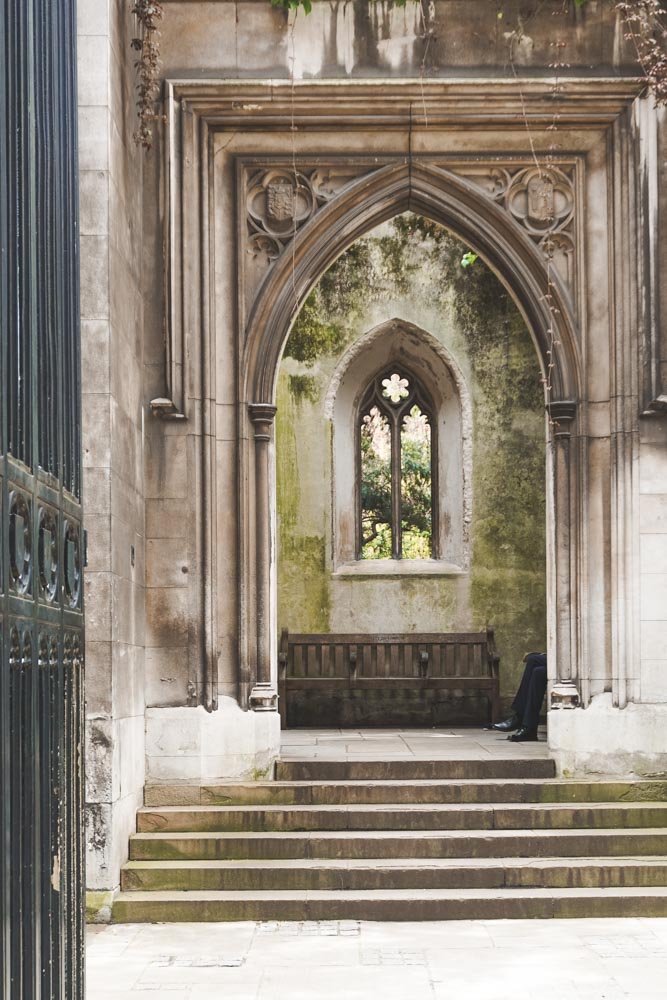
It all started around 1100 when the church was constructed and dedicated to St Dunstan.
St Dunstan was a rather curious character – a monk who went on to become the Archbishop of Canterbury – doesn’t sound that remarkable.
That’s until you delve a little deeper and turn up a story that involves surviving being thrown in a cesspool (that caused him to erupt in boils so bad that they thought he had leprosy) and defeating the devil by holding him in the face with a pair of tongs.
I’m not quite sure how, but St Dunstan miraculously survived all that and went on to get his Archbishop title. And that is the strange story of how the church earned its name.
Anyway, back to the history of St Dunstan in the East. The church was expanded in the 14th century but that was pretty much the end of its good fortunes.
It was seriously wrecked by the Great Fire of London in 1666 – but then patched up – complete with a new tower designed by Christopher Wren (yes, he of St Paul’s Cathedral fame).
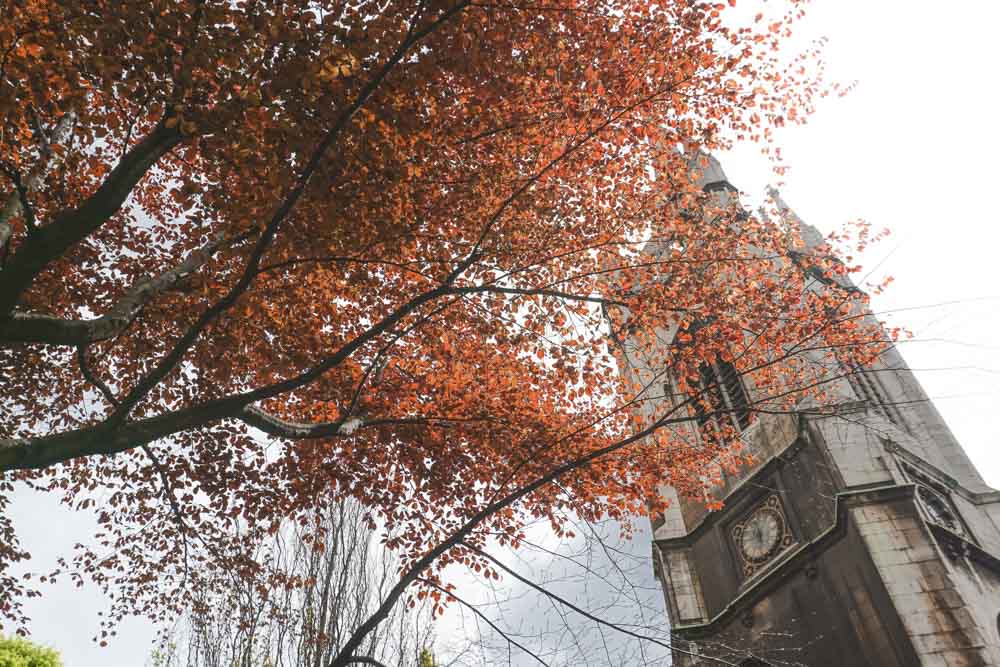
Unfortunately, the new nave had damaged the original structure and the whole building had to be taken down and reconstructed, which it was between 1817-1821.
The church’s final knell came with The Blitz – when a bomb destroyed large parts of the church beyond repair.
Today, only the original tower, steeple and some of the church’s wall remain. The Anglican church decided that it would be too expensive to rebuild St Dunstan’s and it became a public garden in 1970.
A sad, sad story, but I for one am grateful I get to spend so much time here.
If you’re looking to escape the hustle and bustle of the city, I highly recommend spending a couple of hours here, just soaking up the atmosphere.
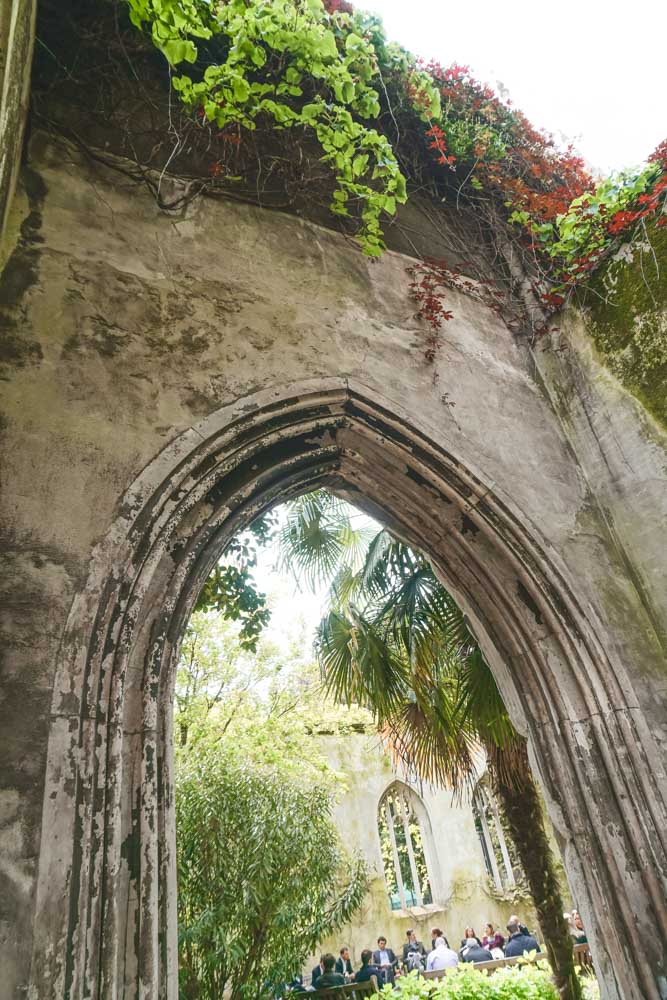
Saint Dunstan in the East is one of the few remaining Blitz-damaged buildings that you can still see in the UK today, standing as a testament to this important period in British history.
Think of that as you chow down on your lunch. Where else can you see vine-laden stone standing right next to palm trees? No, I’m not joking. St Dunstan’s actually has palm trees. And they’re pretty cool – on a hot day you can squint and almost feel like you’re somewhere exotic.
Read Next: 25 Gorgeous Parks in London
Practical Information for Planning Your Trip
- Address: St Dunstan’s Hill, London EC3R 5DD
- Opening Hours: 8am – 5pm.
- Saint Dunstan’s is close to many London landmarks in and around the City of London, including Tower Bridge and Leadenhall Market – definitely carve out time for a whole day in the area.
- Like I mentioned, get here early for your best chance at nabbing a bench.
St Dunstan in the East London: Map
Looking for More London Guides?
Check these out…

East London Guide
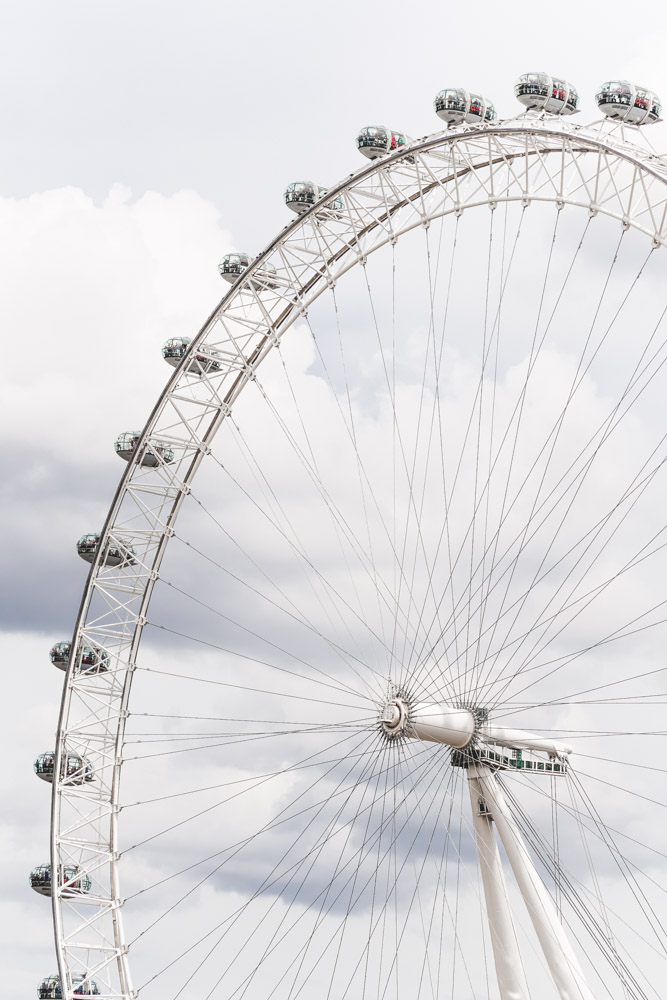
Ultimate London Bucket List
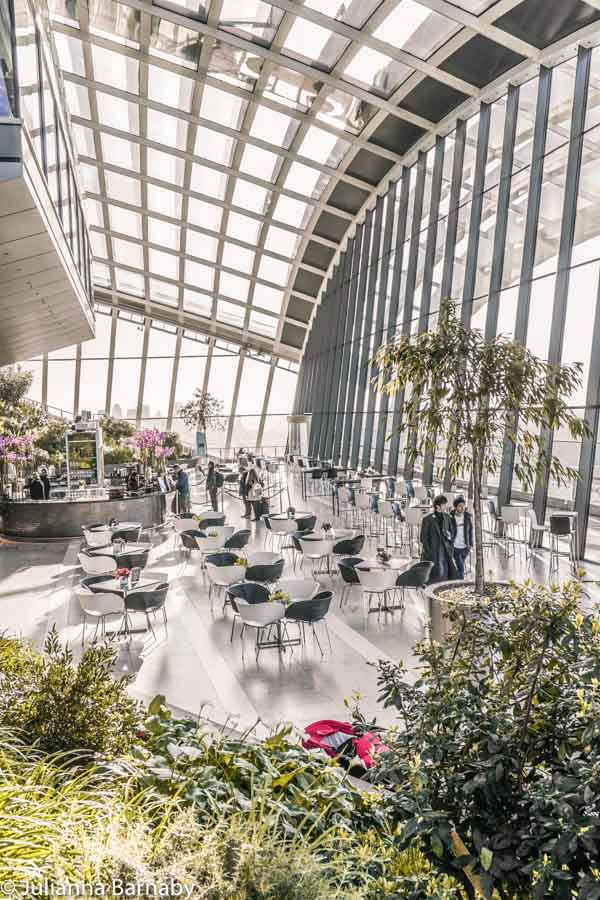
Brilliant London Date Ideas
Love this? Save and share on Pinterest

